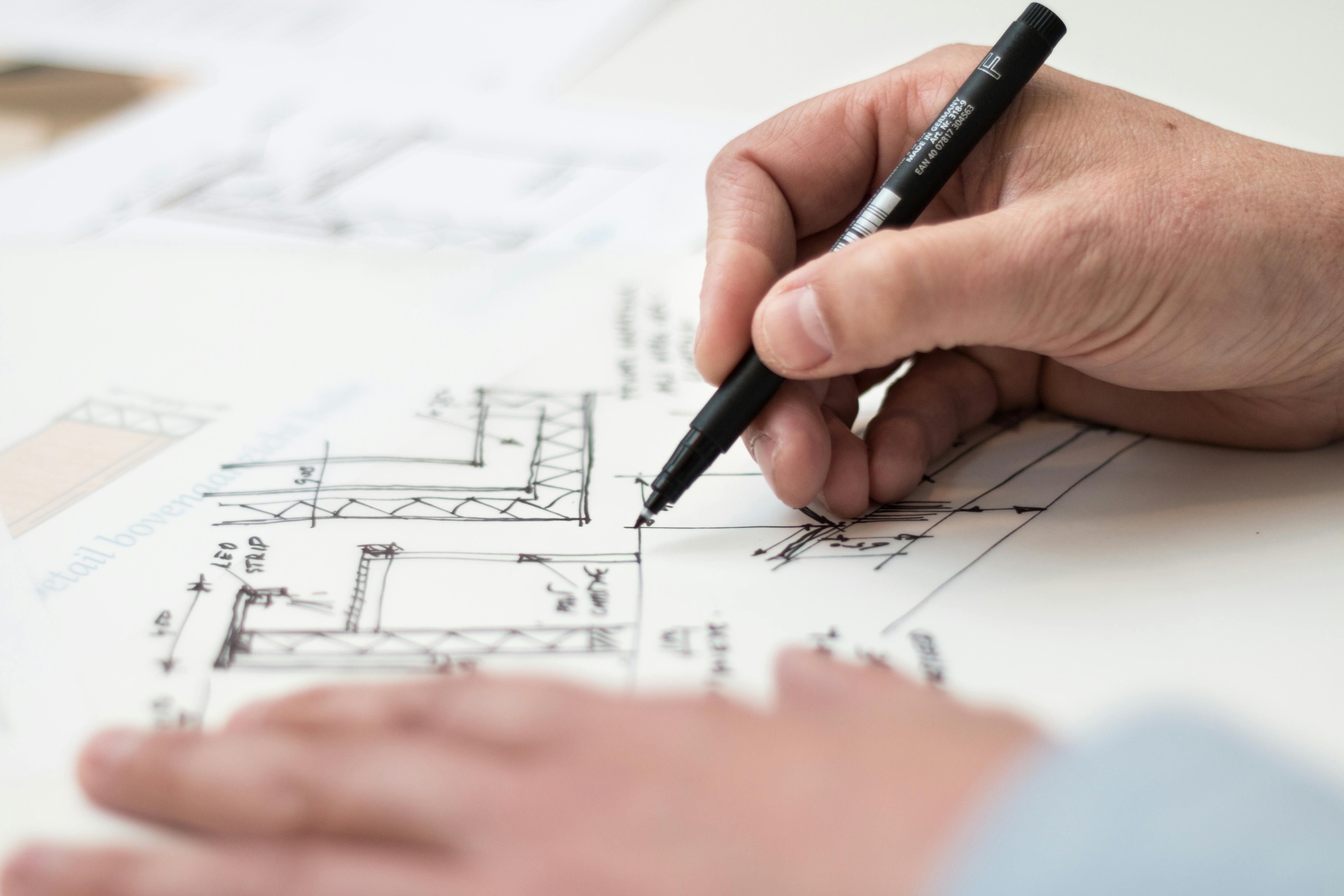Table of Contents
Innovation and creativity are what propel human advancement. From the innovative inventions that transform industries to the works of art that inspire us, they influence our world. However, what psychology underlies innovation and creativity? What can we do to develop these vital abilities, and how do our minds produce original ideas? We go deeply into the psychology of creativity and innovation in this investigation of the complex mechanisms of the creative mind..
Understanding Creativity and Innovation
Let’s define creativity and innovation before getting into the psychology:
- The ability to come up with original, worthwhile concepts or solutions is referred to as creativity. Thinking creatively is what ignites the spark of originality.
- Contrarily, innovation entails transforming imaginative concepts into useful, observable outcomes. It is the process of putting new ideas or goods into practice in order to bring about significant change.
The Creative Process
Being creative is not a special talent that is given to a select few. It is a brain-based cognitive process. We can unleash our creative potential if we comprehend this process.
- Preparation: Acquiring knowledge and expertise in a specific field is the first step. This serves as the cornerstone for the growth of creativity.
- Incubation: The mind enters a relaxed state during this phase. Under the surface, ideas mix and recombine, frequently without conscious awareness.
- Illumination: The “aha” moment occurs when a fresh concept or answer unexpectedly enters the conscious mind. It’s the outcome of the mind’s covert incubation work.
- Verification: To make sure the creative idea is both unique and worthwhile, the last step entails testing and improving it.

The Psychology of Creativity
Let’s now explore the psychology of creativity and look at the elements that affect our capacity for original thought:
Divergent Thinking
Divergent thinking, or the capacity to consider several approaches to an issue, is a prerequisite for creativity. It is the antithesis of convergent thinking, which concentrates on identifying a single right response. More creative options are made possible by promoting divergent thinking.
Psychological Flow
The state of total immersion in an activity is known as psychological flow. It’s the sensation of being “in the zone.” Since it eliminates distractions and enables us to devote ourselves entirely to the creative process, achieving flow is crucial for creativity.
Mindset and Attitude
Unlike a fixed mindset, a growth mindset encourages creativity. Risk-taking and the pursuit of novel concepts are encouraged when one believes that one’s skills and intelligence can be enhanced via work and education.
Embracing Failure
Experimentation is a common component of creativity, and it carries the risk of failure. Creative development depends on accepting failure as a teaching moment rather than a setback.
Environmental Factors
Our environment has a big impact on how creative we are. While a neat and orderly workspace can encourage clarity and focus, a disorganized and cluttered one can stifle creative thinking.
Collaboration
Working together can be a very effective way to spark creative ideas. Innovative solutions that would not be feasible in isolation can result from team members’ varied viewpoints and ideas.
The Neuroscience of Creativity
Researchers have investigated the neurological underpinnings of creativity using brain imaging methods such as fMRI. One important discovery is that creativity requires the cooperation of the brain’s left and right hemispheres. While the left hemisphere is responsible for reasoning and logic, the right hemisphere is linked to creativity and imagination. The way these hemispheres interact is essential for coming up with and assessing original ideas.
Daydreaming or mind-wandering also activates the brain’s default mode network (DMN). Because it enables the brain to connect seemingly unrelated ideas, this network is believed to be essential for creative thinking.
Cultivating Creativity and Innovation
After studying the psychology of creativity, how can we help others and ourselves develop these vital abilities?
Embrace Curiosity
Creativity is fueled by curiosity. Encourage your innate curiosity by being receptive to new information, asking questions, and seeking out new experiences.
Create a Creative Routine
Make time for artistic endeavors a part of your everyday schedule. Consistency in any creative process, be it brainstorming, writing, or drawing, can boost output.
Seek Inspiration
Get exposed to a range of situations and motivational sources. To stimulate your creative mind, travel, read widely, interact with people from different cultures, and experiment with different kinds of art.
Break Routine
Creativity may be hampered by routine. Every now and then, break your routine and try something different. It might be as easy as trying a new hobby or a different commute to work.
Mindfulness and Meditation
Creativity is facilitated by mindfulness exercises that help calm the mind, lower stress, and improve focus.
Learn from Others
Examine how the people you admire come up with their ideas. Recognize how they come up with concepts and turn them into creative results.
Create an Inspiring Workspace
Create a work environment that motivates you. Be in the company of things, hues, and materials that inspire you.

Conclusion
The study of the psychology of innovation and creativity is a broad and intricate area. Our cognitive processes, mindset, and surroundings all play a significant role in our capacity to come up with new ideas and turn them into creative solutions.
We can unlock our creative potential and have a significant impact on both our personal and professional lives by comprehending the psychology of creativity, embracing curiosity, and cultivating a growth mindset. Go ahead and let your imagination run wild and serve as the impetus for the inventions that will influence our future.



